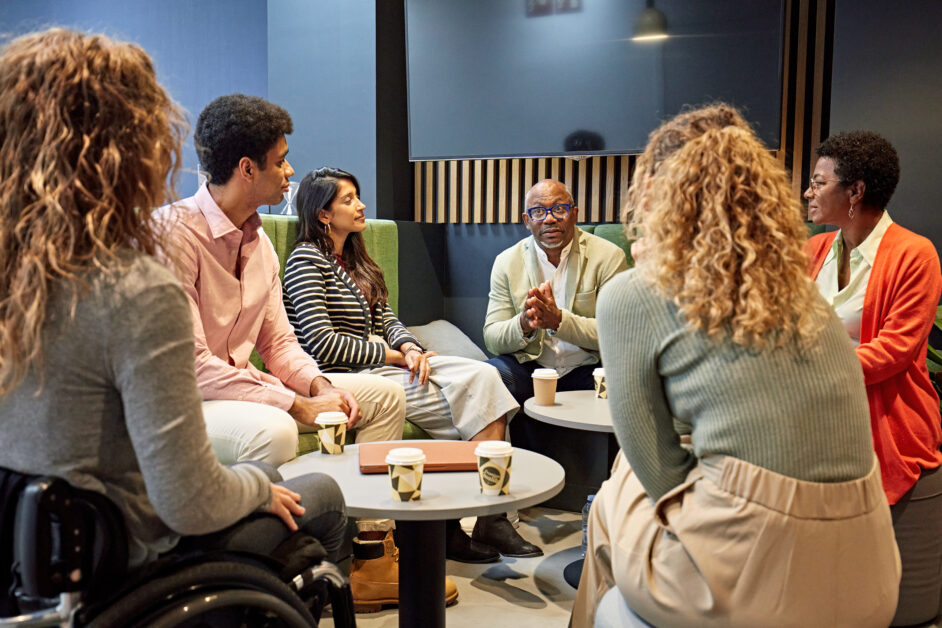Diversity and inclusion are making the headlines today — of course. It is not like D&I is a new function, or that the concerns of having a diverse, inclusive workforce haven’t been around for years. Today, catalyzed by movements like #Blacklivesmatters, racial diversity is now at the top of board agendas, and companies of all sizes are making commitments to stamping out racial inequities. It’s about time, and this is all great news.
But what about inclusion? What if people aren’t getting along? What if some people feel uncomfortable at work? What if people feel like they have to keep their opinions silent for fear of offending someone who is outspoken?
Inclusion is complicated. It requires a lot of work and effort from everyone on the team. And it’s not just about race–it’s about everything that makes us unique individuals.
The Future of Work — At Home
COVID knocked down everything we thought we knew about work and made it clear that the future is not what we thought it would be. Big companies, like Facebook and Google, are making working at home a more permanent option. Some smaller companies are closing their offices altogether while keeping their businesses running–with everyone working remotely.
It’s much easier to integrate people and make sure people feel included when everyone sits within a few feet of each other and regularly eat lunch together, than when people are scattered around the city, state, country, or even globe. When that happens, you may not know anything about your coworkers other than their final work product.
It can make work a lonely and non-inclusive place. Even if everyone is lonely, there’s often a perception that everyone else has a grand time chatting in a private Slack channel while you are all alone.
Employee relations can work to make a change with that by encouraging inclusive behavior. Encourage people to get to know each other. You may want to ban hot button topics–especially in an election year–but get people to talk about their hobbies, their families, and their career goals.
The Future of Work — At the Office
Working with a mask on or through Plexiglass shields doesn’t exactly give everyone a warm fuzzy feeling. Hopefully, this future is short-lived, although everyone will be happy if we never go back to the dreaded open office.
Helping people to feel included can change the atmosphere in the office. If a group of staff can all contribute ideas about safety implementation–within CDC guidelines–everyone will feel better if that group of people can come from different backgrounds and departments, even better.
Inclusiveness is about making people feel comfortable at work. It’s about listening to all voices. It’s about making sure people are treated fairly–and that they know they are treated fairly. It’s about building a culture of transparency and trust.
It’s about understanding that Jane doesn’t use direct eye contact when she speaks with people because she’s on the Autism spectrum, and it makes her uncomfortable. It’s about understanding that Steve is religious and prays before every meal. It’s about understanding that someone else is concerned about sick relatives, while another person is worried about immigration issues for her family members. It’s about understanding that we are all in this together.
The worst thing you can do for inclusion is to focus on categorizing everybody and slotting them only with people in their own group–whatever that group is.
If 2020 has taught us anything, it’s that we can’t predict, let alone control, the future. Our best bet is to go forward as a cohesive group. An inclusive group. Working for that will be a great way to see the future of work — and one I’d like to be included in.




